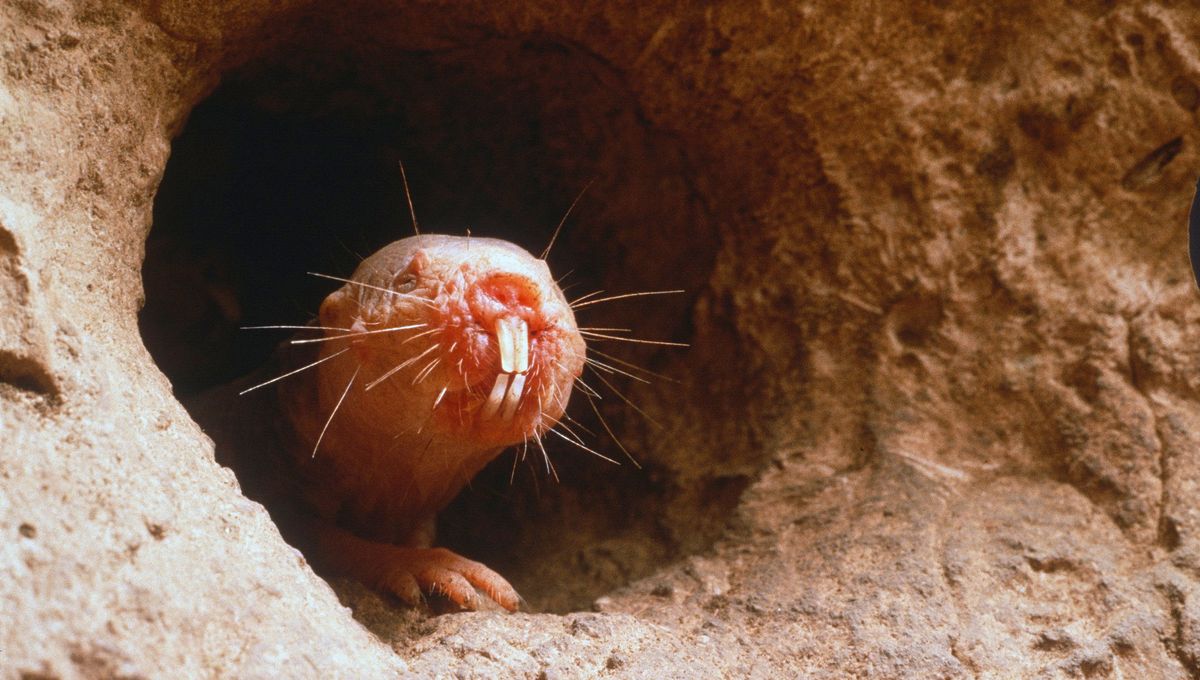
Naked mole-rats are the perfect example of why we shouldn’t judge a book by its cover. They might look like someone decided to make a rat and had to call it a day before they had the chance to add fur, but by looking beneath the surface, these wrinkly little rodents are teaching scientists all sorts of new things about aging and cancer.
The rest of this article is behind a paywall. Please sign in or subscribe to access the full content.
As anyone who had a hamster for a childhood pet will no doubt be aware of, some rodents really don’t live all that long. Those included in a group of rodents known as the Murinae – featuring the classic house mouse and brown rat – for example, only have a maximum lifespan of under five years.
Naked mole-rats sit on the other end of the spectrum, to the point where we don’t actually know what their maximum lifespan is, although they’ve been known to live for between 10 to 30 years. The oldest reported naked mole-rat that we know of, a handsome fella called Joe, was a whopping 39 years old back in 2021 (no word on if he’s still with us, but fingers crossed).
It’s great news for a species that certainly doesn’t have its looks going for it, but it also challenges our understanding of how aging works. Mammals are generally considered to follow something called the Gompertz law of mortality, which states that death rate increases with age; a 2018 study found that naked mole-rats don’t appear to subscribe to that rule, showing little to no signs of aging.
How do they resist aging as we know it? That’s turned out to be a difficult nut for scientists to crack, particularly as it’s been found that naked mole rats still show one of the main molecular hallmarks of aging.
It might have something to do with the gene vital to the production of high-molecular-weight hyaluronic acid (HMW-HA) – yep, the same stuff that they put in fancy moisturizers. It turns out that naked mole-rats produce a lot of HMW-HA, and when, in 2023, researchers put their version of the hyaluronan synthase 2 gene (HAS2) into a mouse model, the mice had better health and lived for longer than those who didn’t have the gene.
HMW-HA might also explain naked mole-rats’ apparent resistance to cancer, a group of diseases strongly related to aging, and one that these rodents rarely develop. The same team behind the 2023 study had previously found that naked mole-rat cells were more susceptible to becoming cancerous when HMW-HA wasn’t present. During the later mouse model study, mice with the naked mole-rat version of HAS2 were better protected against both spontaneous and purposely induced cancer.
It’s a long way off, but scientists are hopeful that these findings could one day be translated for use in humans.
“We already have identified molecules that slow down hyaluronan degradation and are testing them in pre-clinical trials,” said study author Andrei Seluanov in a statement on the mouse model paper. “We hope that our findings will provide the first, but not the last, example of how longevity adaptations from a long-lived species can be adapted to benefit human longevity and health.”
Source Link: Naked Mole-Rats: Bizarre-Looking Mammals That Defy Our Understanding Of Cancer And Aging